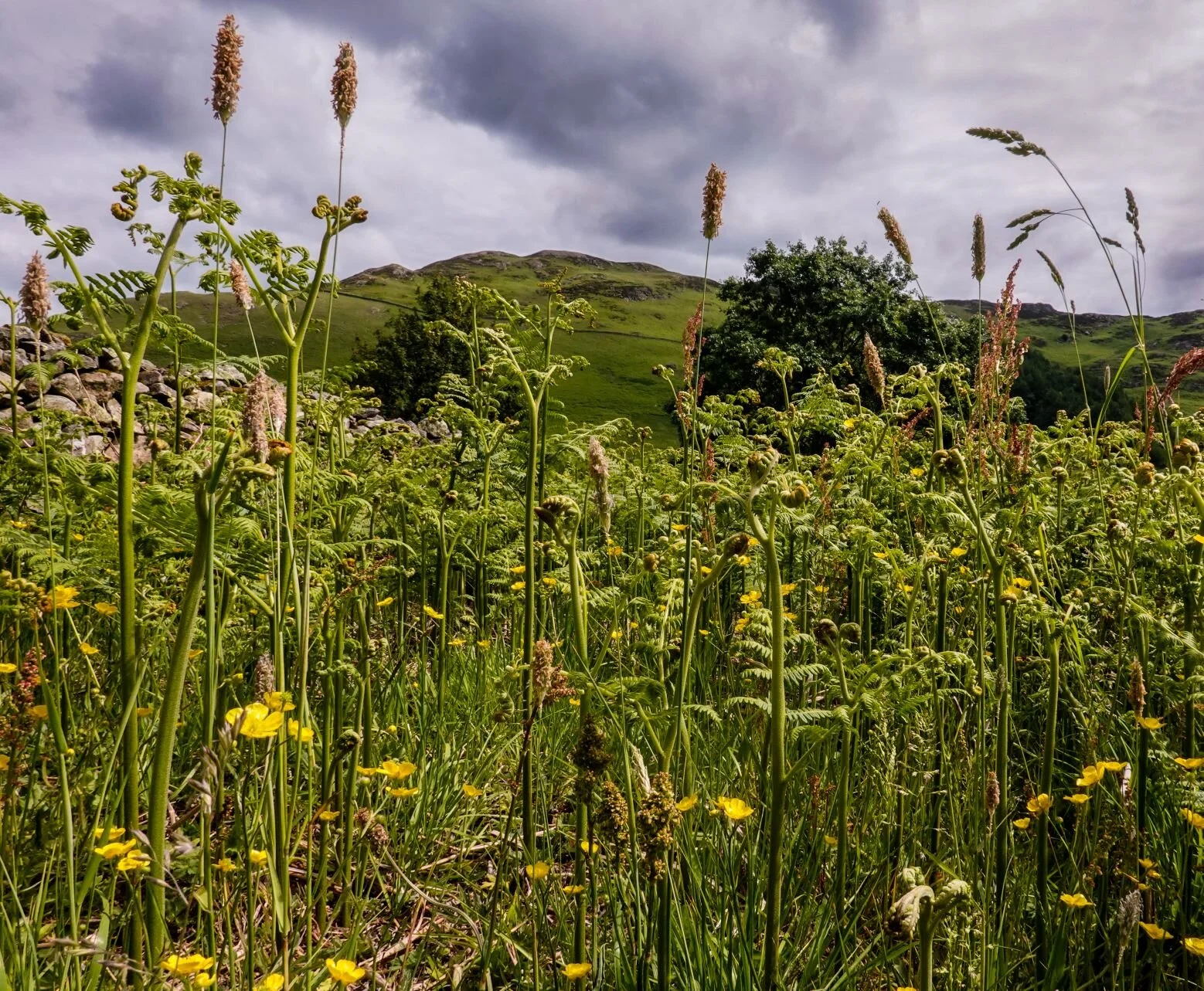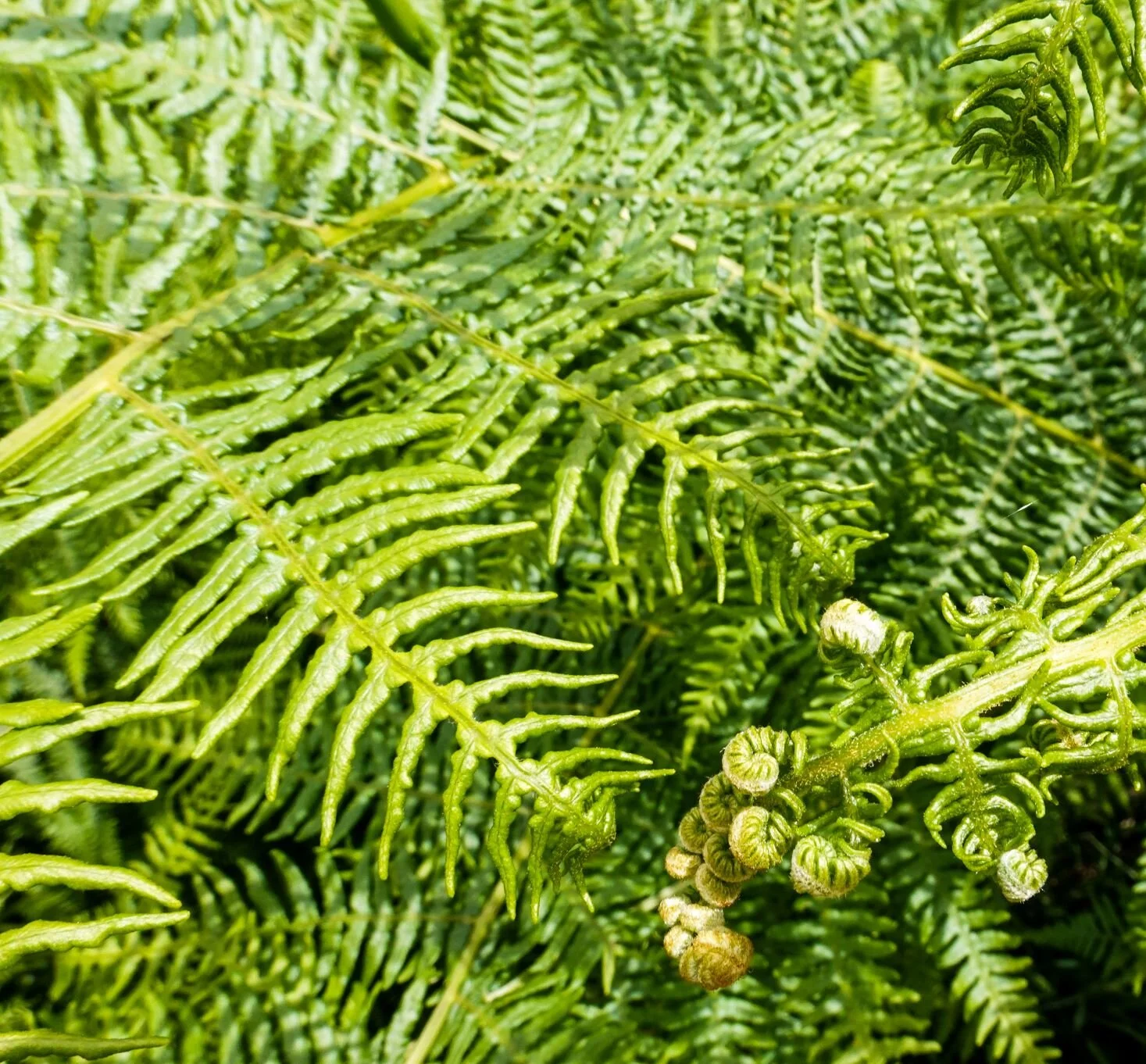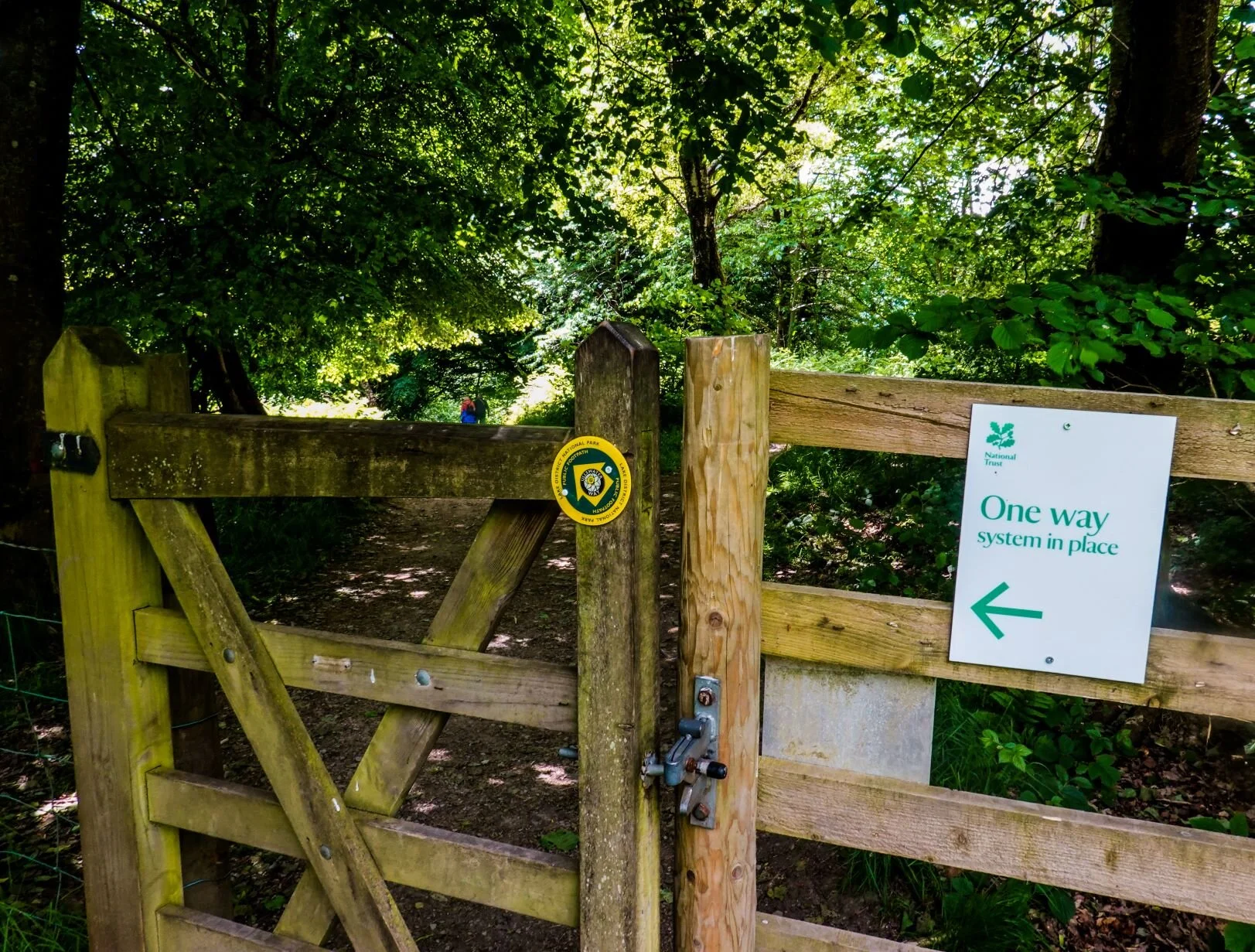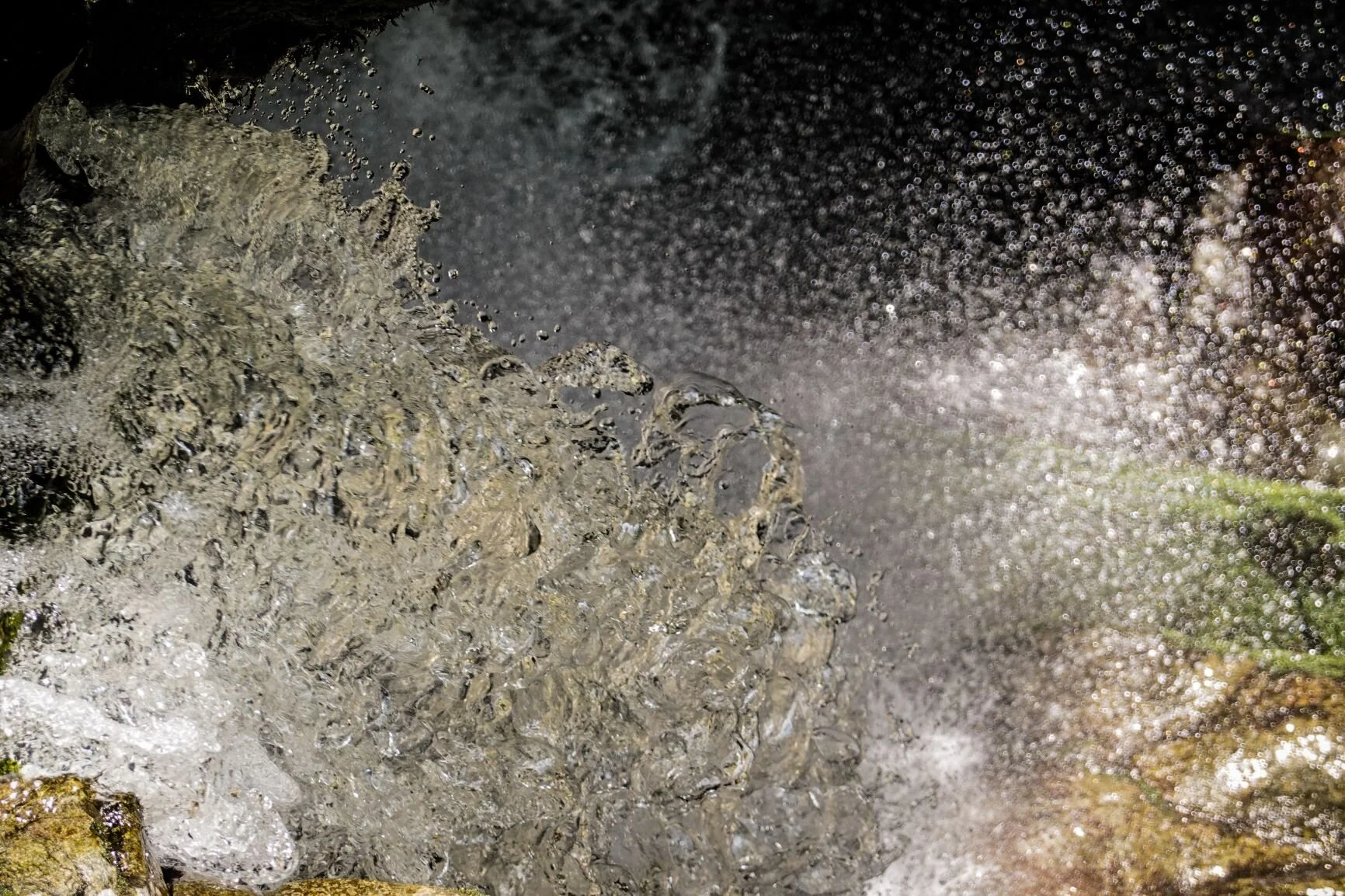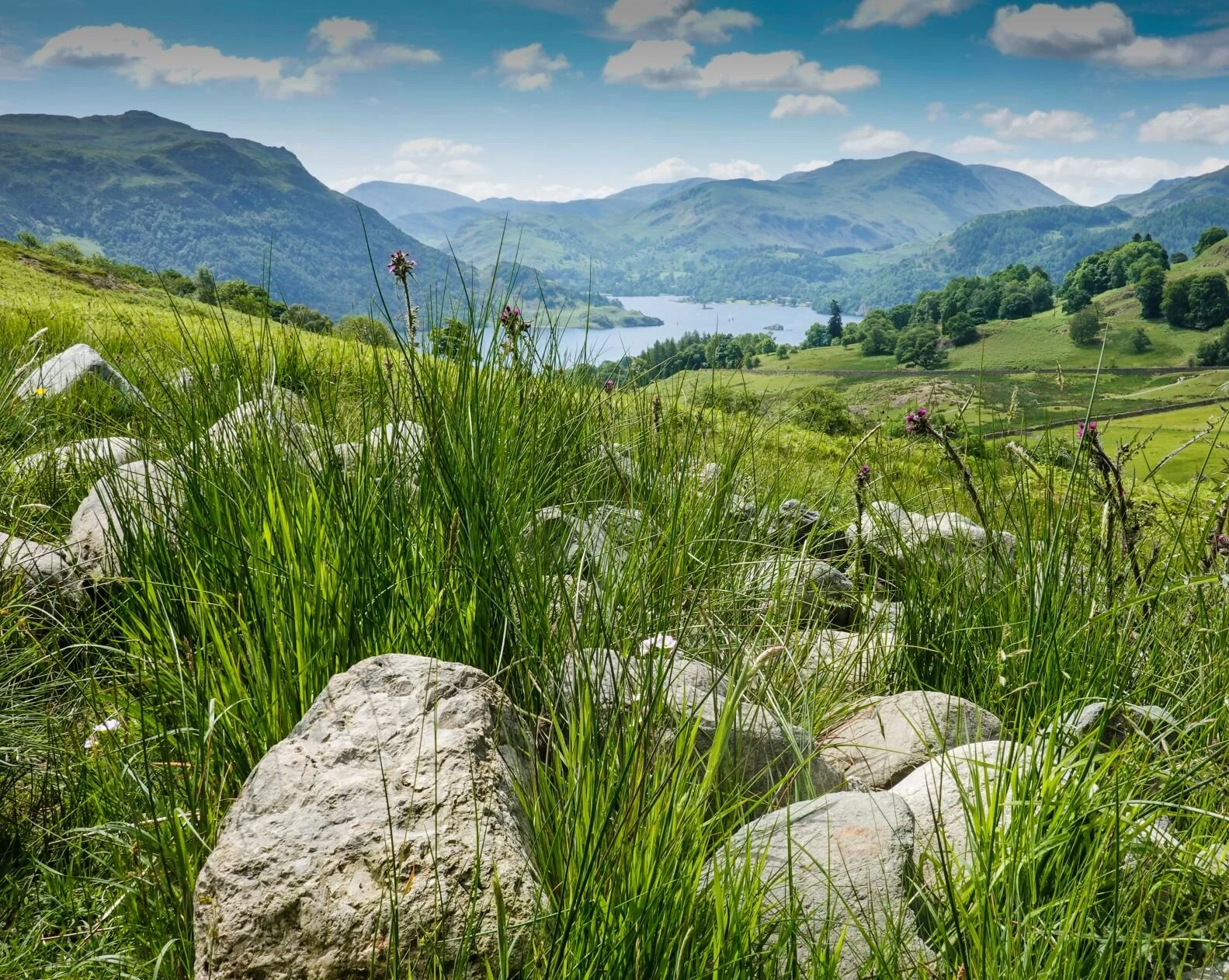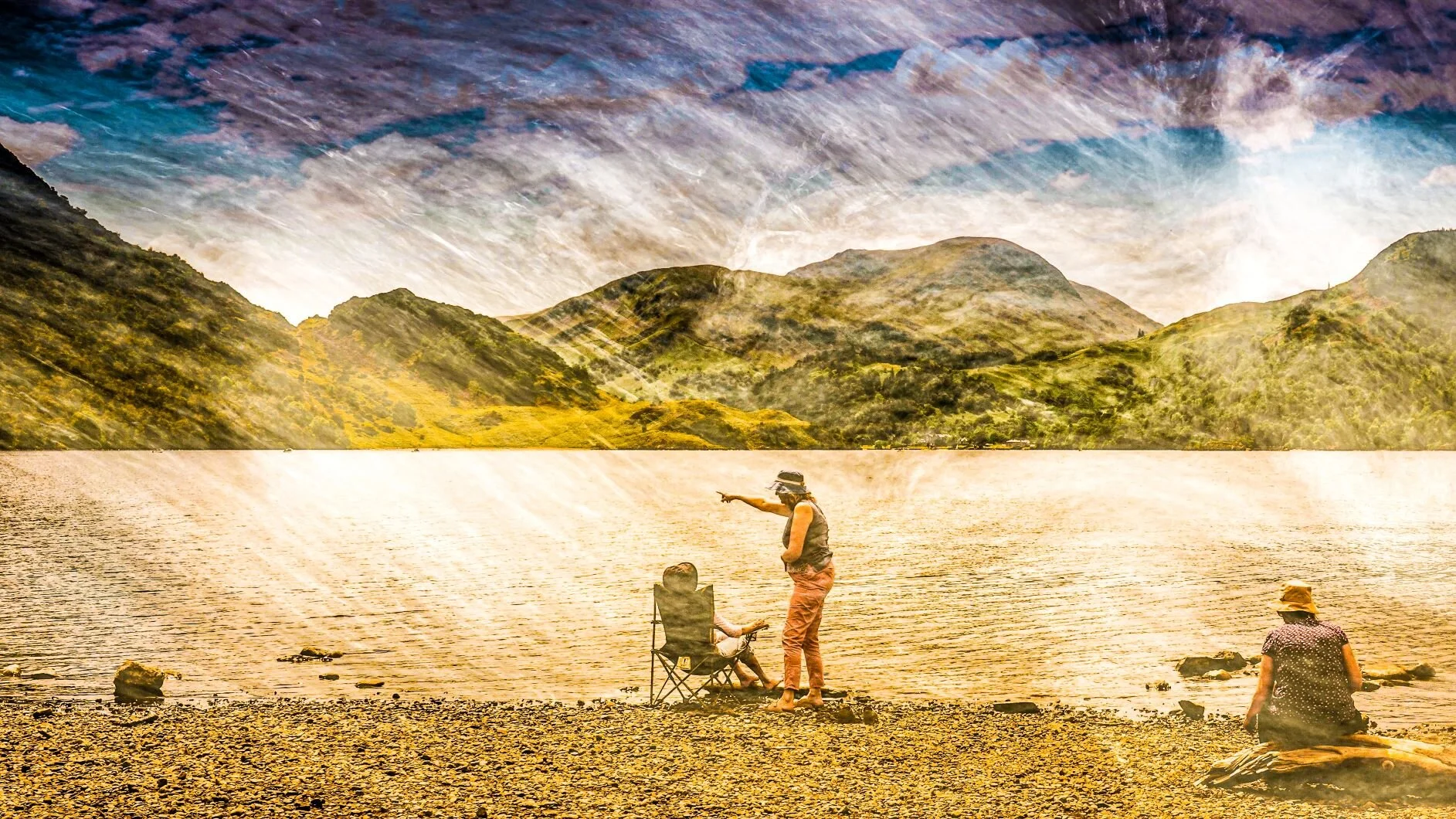Re-turning Turner: Ullswater
Aim of the experiment
To radically re-invent famous poems and paintings, as a means of appreciating how art really does affect the way we think about and perceive our surroundings (ie it’s a creative process in far more ways than one). This experiment is aimed at visual art experimentation; the partner experiment Re-wording Wordsworth is primarily aimed at re-imagining through writing, although in both cases I’ve suggested how the experiment could be adapted for the other form.
JMW Turner, ‘Ullswater from Gowbarrow Park’
Artwork reproduction freely available in the public domain
Background
In Maori symbolism, the koru (fern frond), which was in such abundance when I did this route recce, is a symbol of new beginnings, which is entirely appropriate here!
The focus here is once more on Romanticism, since this era was so influential in how we think about the Lake District (although it can easily be adapted to different eras and places, both within Cumbria and further afield). Romantic paintings of the Lake District are less well-known than the work of the Romantic poets, but include landscapes by JMW Turner, John Constable, Joseph Farington and Thomas Gray.
The above Turner painting, which provides the starting point for this experiment, presents an idealised pastoral scene, set amidst dramatic mountain scenery. In other words, Turner’s response to the landscape is, typically for the Romantic era, an emotional rather than a documentary one: a nostalgic perspective of rural life is placed within the context of the sublime. The extent to which the ‘drama’ of the mountains has been exaggerated is illustrated by the below image. The mountains are smaller in real life, and far less rugged (in fact more in keeping with the human scale to which it provides the backdrop)…Turner painted ‘Ullswater from Gowbarrow Fell’ not far from the scene which inspired Wordsworth’s poem ‘I Wandered Lonely as a Cloud’.
In order to rework this painting for the current day, this experiment proposes conducting a re-staging. During the first Covid lockdown, the re-staging of famous works of art went viral on social media, particularly in response to portrait paintings. This experiment takes this idea and applies it instead to a landscape, by revisiting the scene of a famous painting and recreating how it looks today.
Route instructions
Please note that the map opposite, and the associated GPX file, don’t include the key part of the route down to the shore at Aira Green where the art experiment actually happens (my GPX recording device failed)! I plan to go back and re-trace the route as soon as I can to rectify this. The total mileage and ascent, and the below route instructions, relate to the route in its entirety, including the extension to the lakeshore.
The described route starts in Dockray (see here on google maps), where there are a few parking spaces just south of the bridge. If these parking spaces are full, then it’s just as easy to start at either of the car parks due slightly further south towards Ullswater, or at the Aira Force car park, all of which have connecting paths to the route provided.
Route: Easy (5.5 miles, 1,200 feet of ascent)
Accessible route: The path down to the shore at Aira Green (where the artistic part of this experiment takes place) is accessible by wheelchair, down a wide path and through one gate. Do note that you have to cross the busy main road across from the tearoom to get there.
For a longer accessible walk nearby, see Miles Without Stiles Route 1 from Pooley Bridge, which has similar views upon which to base the experiment. The National Trust’s Access Statement for Aira Force area is a really helpful guide to access, and routes, not only to the waterfalls, but also in the broader surrounding area.
Click on the image above to open an interactive version of the map on Outdoor Active, or you can download the GPX file of my route here (© OpenStreetMap)
Art (& Writing) Ideas, & Virtual Alternatives
The scene in ‘Ullswater from Gowbarrow Park’ most closely resembles that from Aira Green (just across the road from the Aira Force tearoom / car park) by the Ullswater Steamer pier; I propose you create your ‘re-staging’ here. The aim is for your own modern day version of the scene (painting, drawing, photo) to resemble Turner’s painting as closely as possible, but to update it. What might you find in the foreground of your pic which might replace Turner’s cows and fisherman? And are there any contemporary techniques you could use which speak to Turner, but are decidedly 21st century? In my own photographic responses (below) I filtered the pics through images of water (in Aira Force) to achieve a contemporary ‘watercolour’ effect!
If you prefer to respond to this experiment in writing, this is probably most easily achieved through ekphrasis (writing which responds to works of art). The sense of how much the artist affects reality can be recognised by writing two separate pieces of writing (poetry is probably easiest), which respond first to Turner’s painting, and then to your own experience of the scene today. You might find it easier to take a photograph to respond to, or else you could write in situ. How do the two pieces of writing vary and / or speak to each other?
Virtual alternative
The above ekphrastic exercise can also be completed with the Turner pic and any of my three ‘photographic restagings’ below (mmost suitably the first one). Alternatively, if you would like to complete a visual experiment, why not apply the n+7 technique (see the Re-wording Wordsworth experiment) to the image, replacing several key objects in Turner’s image with the noun seven places further on in the dictionary, and repaint or photoshop this revised version!
Route adaptation for walk from home
This experiment is infinitely adaptable to restaging other artworks which respond to a wide range of different landscapes, in the Lake District, or further afield. However, I’d recommend working with historic (even if only 50 or 100 years old) art rather than contemporary work so that you have a sense of contrast.
It would be fabulous, in fact, to develop a gallery of original landscape art, and contemporary re-stagings, from across the UK and beyond! The majority of re-stagings during the first Covid lockdown were portraits, but there is no reason why the same principles cannot be applied to the view! How do we ‘dress’ it during the process of our artistic response?
My own photography
A series of contemporary watercolours.
